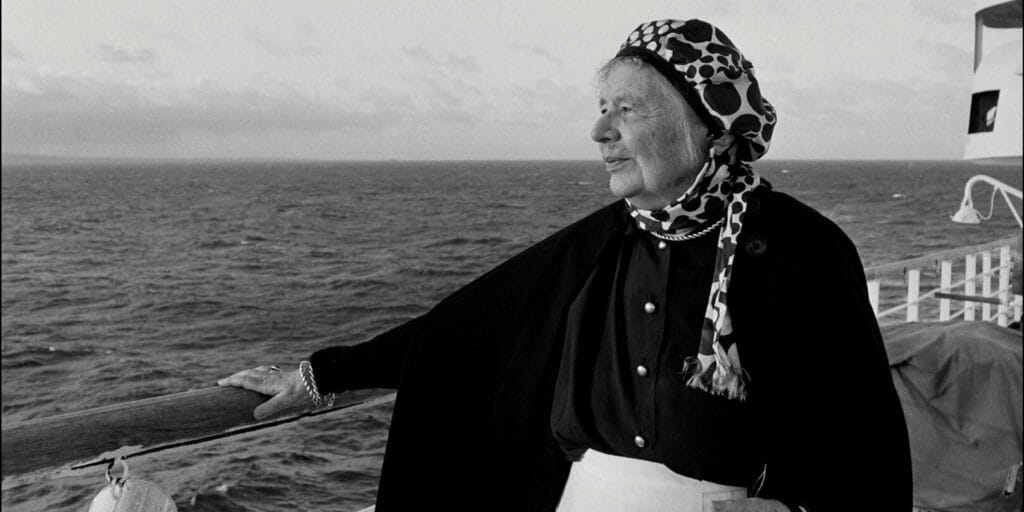Thirty Days of Darkness follows Danish novelist Hannah Krause-Bendix, an abrasive, opinionated intellectual who finds herself in Iceland’s remote Húsafjörður, ostensibly to write a crime novel in thirty days. The book is both a mystery and a satire of the Nordic noir genre, offering a darkly humorous look at an outsider’s immersion in Icelandic small-town life and her fumbling attempts at solving a murder.
Hannah is one of the most challenging protagonists to root for. Jenny Lund Madsen, the fascinating author, seems to intentionally craft her as an almost parody of the stereotypical Nordic noir detective, down to her hidden alcoholism and compulsive nature. The character remains polarizing and at times insufferable, with an unyielding arrogance and a persistent disdain for “mediocre” popular fiction. Her disdain finds an unlikely target in Jørn Jensen, a successful crime novelist whose popularity infuriates Hannah, culminating in a heated and public argument between them. This clash of elitist literary snobbery versus populist crime writing becomes a focal point in the book, as Hannah, propelled by an ill-considered bet, is shipped off to Iceland to try her hand at the very genre she despises.

Iceland, with its bleak landscapes and close-knit community, becomes a perfect stage for both Hannah’s personal challenges and her misadventures in crime-solving. Her host, Ella, communicates in a mix of Icelandic, Danish, and scribbled English, adding a layer of comedic cultural miscommunication. Initially disdainful of everything around her, Hannah is quickly sidetracked from her writing by the suspicious death of Thor, a teenager whose grieving father, Ægir, finds his body washed ashore. Madsen effectively creates a sense of intrigue and ambiguity as Hannah becomes unwittingly entangled in the investigation.
Throughout the novel, Hannah’s blundering attempts at investigation repeatedly fail. Her lack of social tact and empathy often alienates the very people she should be trying to befriend. As she grapples with the complexities of investigating a real-life murder, she’s forced to confront her own limitations and begins to realize that her lofty self-image as an insightful writer might be a sham. This slow and grudging self-awareness is one of the novel’s more subtle triumphs, as Hannah’s condescending exterior cracks just enough to reveal her insecurities and lack of self-knowledge.

The mystery itself is filled with red herrings, dubious motives, and a colorful cast of locals, from the gruff police officer Viktor to Gísli, a vagrant who knows more than he lets on. Madsen toys with genre conventions, creating an unpredictable story that often feels as much a psychological examination of its protagonist as a murder mystery. Despite Hannah’s exasperating personality, her character arc is compelling as she grudgingly comes to grips with the difficulties of crime-solving—and writing a compelling mystery novel.
The book’s conclusion is lively and action-packed, albeit with a final twist that leans toward Hollywood theatrics, a somewhat jarring contrast to the otherwise dark, grounded tone. Still, Madsen’s sharp, satirical voice and well-paced storytelling bring a fresh perspective to the Nordic noir genre, and the translation by Megan E. Turney captures the humor and cultural nuances well.
Ultimately, Thirty Days of Darkness is a unique, layered narrative that takes aim at literary pretension while delivering an engaging, if somewhat unconventional, mystery. Hannah Krause-Bendix may be hard to love, but she’s equally hard to forget, leaving readers curious—and perhaps a bit wary—of what her next misadventure might entail.









